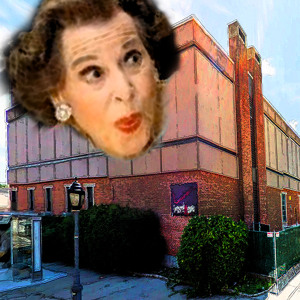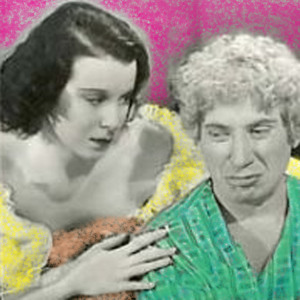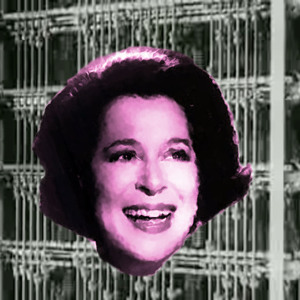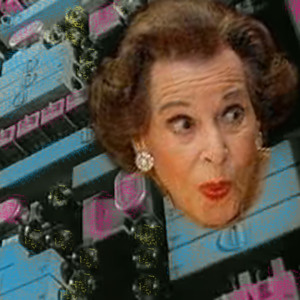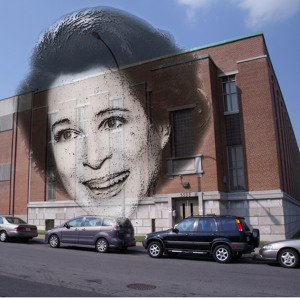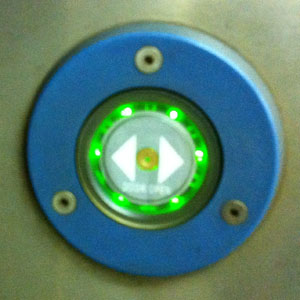Pleasing … yet distinctive and arresting
Before the widespread use of recorded intercept announcements, the Phone Company hired Kitty Carlisle to answer misdialed calls and intone a “pleasing, yet distinctive and arresting” noise to the calling party. Most people today probably would have no idea what her strange singing was supposed to indicate, but the Phone Company’s intention was quite specific, as explained in an April 1941 article from Bell Labs Record (via the Bell System Memorial).
(thank you to Steph Kerman and Paul Coxwell for the reference)
” A distinctive tone was desired, which could be easily remembered and associated with the idea of disconnecting and then dialing the number again. “
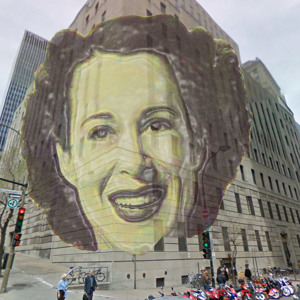

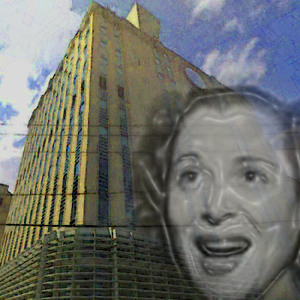

“No-such-number” tone is pleasing, yet distinctive and arresting enough to receive immediate attention from the subscriber. During field trials it has reduced circuit holding time on numbers wrongly dialed and resulted in a higher percentage of correct numbers on the second dialing.”
In these recordings, Kitty can be heard performing several numbers (mostly vacant levels) from Massachusetts, Georgia, Connecticut, and Quebec. As you can hear from the different recordings (sampled from Evan Doorbell’s library of vintage telephone sounds at PhoneTrips.com), her song sounded slightly different, depending on which Central Office Building Kitty was singing it from:
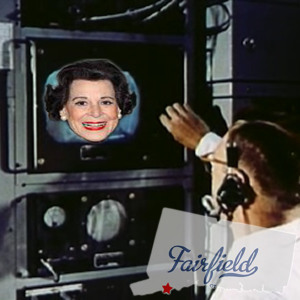

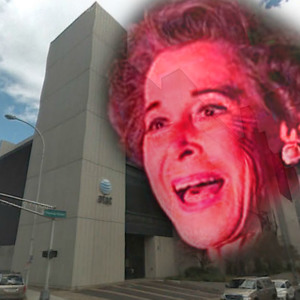



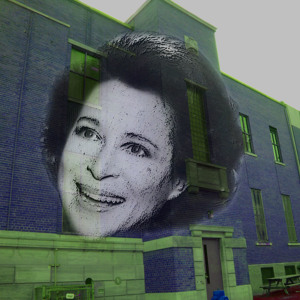

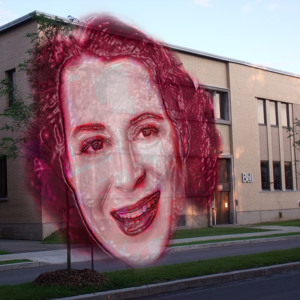

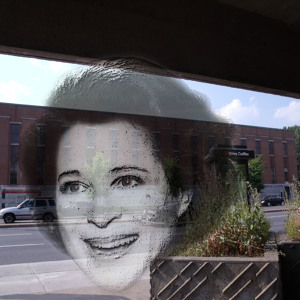

Unfortunately, the Phone Company quickly determined that the real Kitty Carlisle was too high maintenance to be practical, so a team of Bell Laboratories engineers set about creating a machine that could accurately duplicate the sound of her singing. The result… an ingenious vacuum tube centered analog circuit that used the Central Office’s interruptor to set the rhythm of the song (a danceable 120 BPM), and a “relaxation oscillator” to control the pitch.

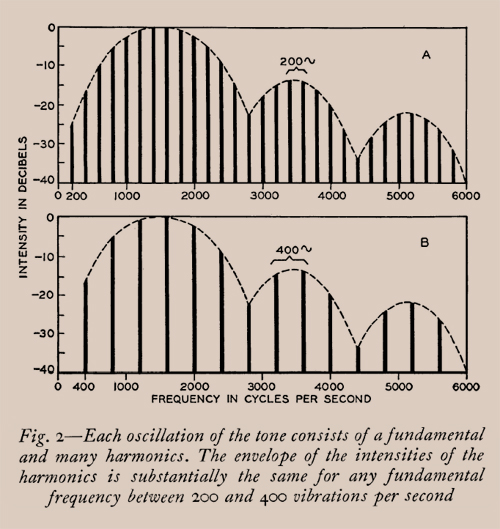
A relaxation oscillator which consists of a vacuum tube T1, the condenser C1 and resistance R1 generates a tone whose frequency is a function of the potential on the grid of the tube. This grid potential is made to vary through a range of approximately one-half volt by the rate of charge and discharge of the condenser C2 through the resistance R4. With the relay INT alternately operated and released every half second the fundamental frequency varies between approximately 200 cycles and 400 cycles per second.
(see the April 1941 article from Bell Labs Record for the complete circuit description)
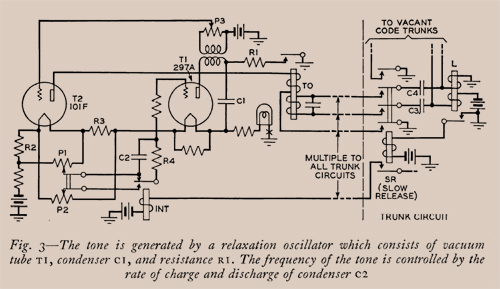
As always, the Bell Labs engineers thought of everything and designed their electronic “Kitty Carlisle” system with a backup “understudy voice” waiting in the wings; in the event the first circuit ever got laryngitis the other could step in at the flip of a switch.

By contrast, this next sample was taken from a No Such Number Tone Generator sitting in a museum. Though interesting to hear, it sounds like Kitty is singing in an anechoic chamber; lifeless, with none of the jazzy syncopation or key signature variations, devoid of any deep resonance, and missing the charming power supply signature background sound of a real Central Office:
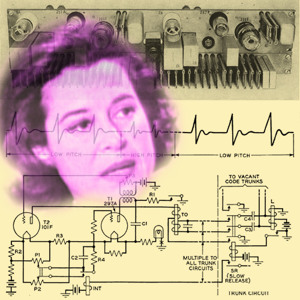

Other test tones sung by Kitty Carlisle
Though most famous for her “No Such Number” tone, Kitty Carlisle also sang some other special test tones. Kitty’s classic 1 kilohertz tone could be used for measuring loss in volume over distant circuits, and her dramatic sweep test tones were used to measure the response through a range of audio frequencies.
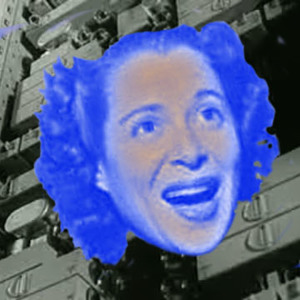

Kitty Carlisle – Singing “1 kHz Tone” (1970’s analog recording)
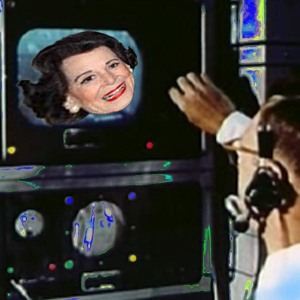

Kitty Carlisle – Singing “Sweep Test Tone”
